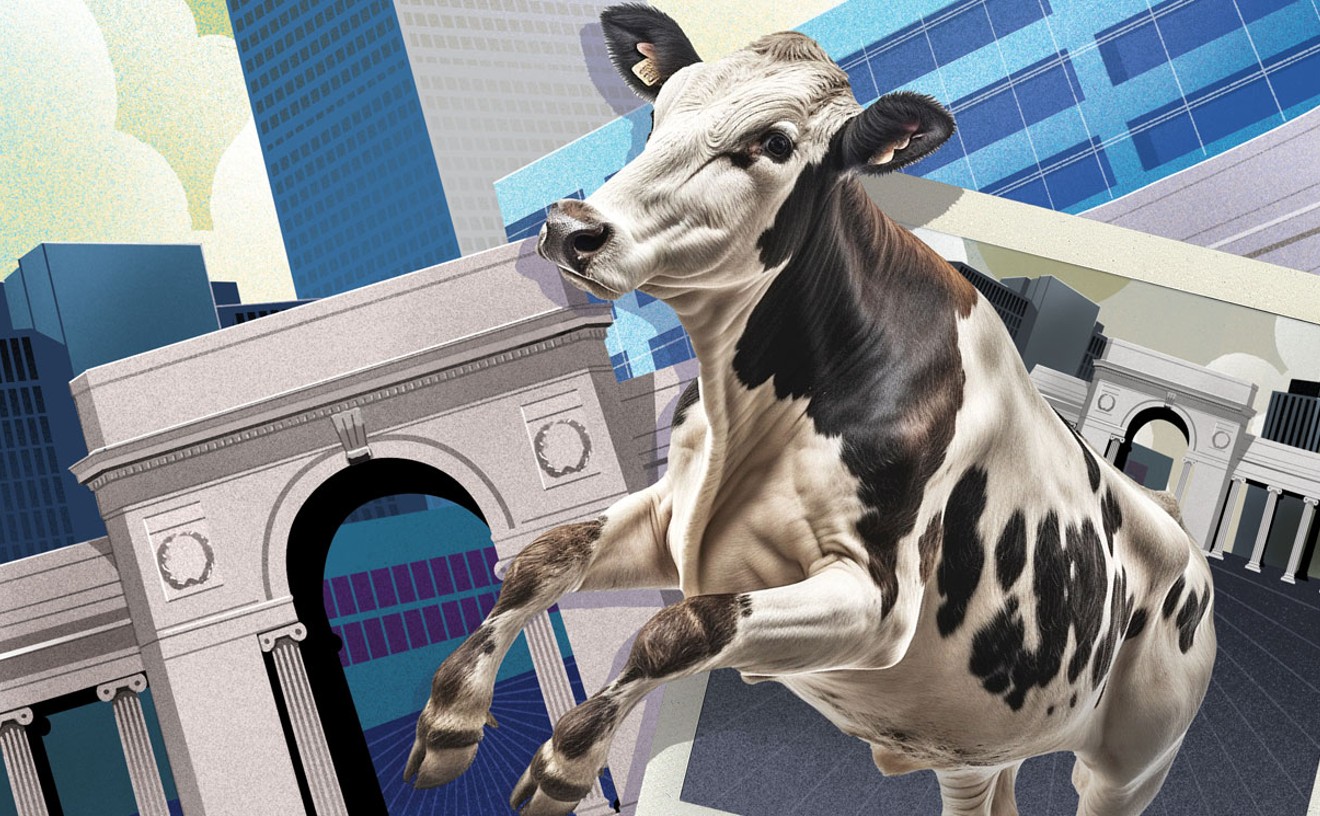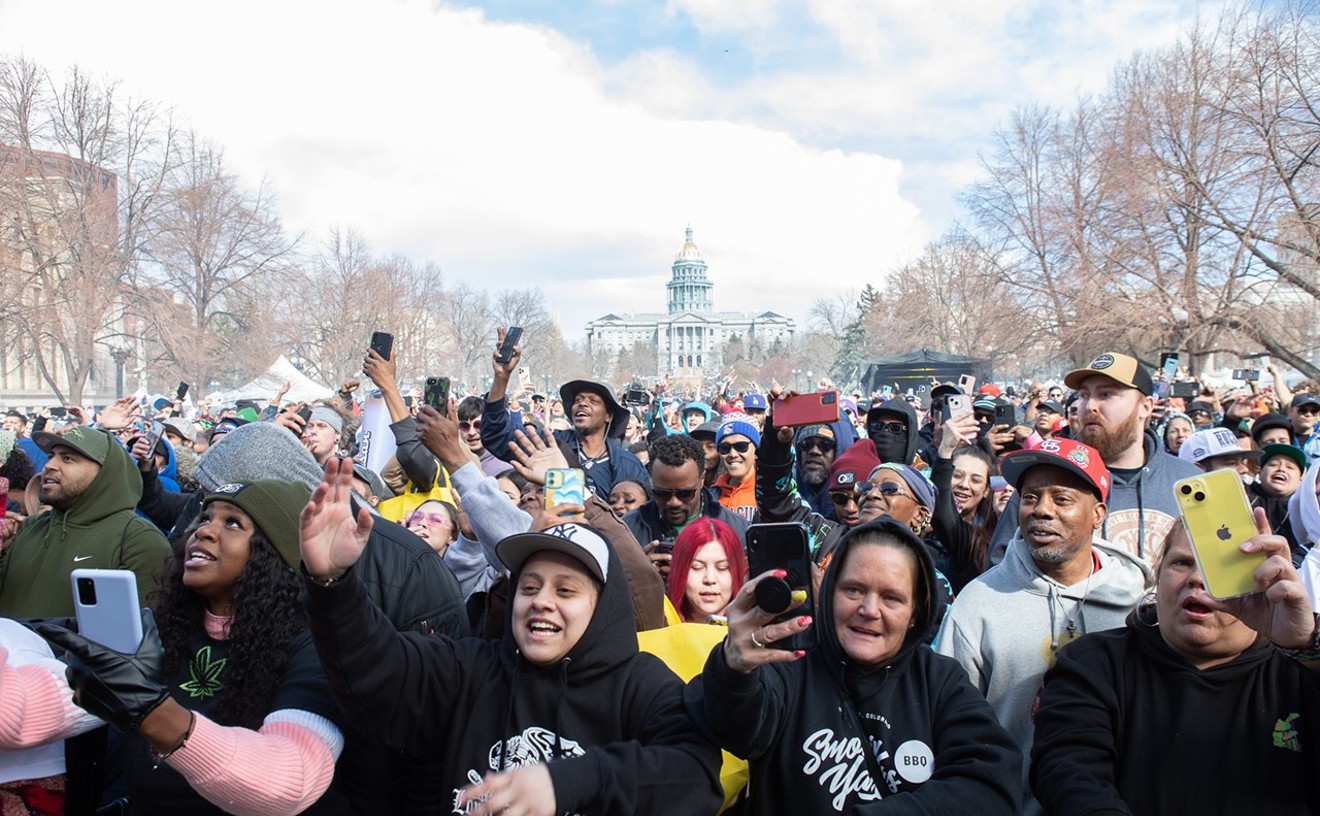Sophie Barthes's clever metaphysical comedy Cold Souls has been dubbed "Being Paul Giamatti" more than once since its Sundance 2009 debut. But if comparisons to the films of Charlie Kaufman are inevitable, the similarities go only so far. Sure, Paul Giamatti plays "Paul Giamatti," another "real" actor unwittingly embroiled in a mind/body conundrum; there's a semi-futuristic doctor's office that could sit next door to Eternal Sunshine of the Spotless Mind's Lacuna, Inc.; and a comparable intellectual wit underscores much of the humor. But Cold Souls exists on a different, surrealist plane: more lyricism, less misanthropy.
When we first see Paul, he's performing a monologue from Anton Chekhov's Uncle Vanya as the title character. Full of chest-throbbing anguish, Giamatti can't pin down the performance. His director (Michael Tucker) tells him he's taking the role too seriously; his agent recommends that he check out a recent article in the New Yorker. Headlined "Unburdening Made Easy," the story suggests a way out of Giamatti's unbearable weightness of being: a new procedure that can remove one's soul.
Here the film's wry goofiness kicks into high gear. Giamatti finds himself in the Soul Storage offices of David Strathairn's Dr. Finkelstein ("A twisted soul is like a tumor; better to remove it!"), and ends up in the spherical "soul extractor," a cross between an MRI machine and something out of Woody Allen's Sleeper. After the actor is handed a plastic cylinder with his inner self, he's distraught to discover it's much smaller than he expected. ("My soul is a chickpea!" he laments in a joke that keeps on giving.)
Giamatti's ensuing adventure is mostly absurdist fun. First, there's the initial liberation of soullessness ("My feet, my feet," Giamatti says, wiggling his appendages as if discovering them for the first time), followed by its hollowed-out horror ("I can't feel a thing!"), and then the quest to retrieve his soul, which takes him to the far reaches of St. Petersburg, where he must confront the vacuous lives of corrupt Russian entrepreneurs.
If the screenplay is full of offbeat wit, the actor embraces the scenario as wholeheartedly as if it were Chekhov's. Giamatti works the comedy like a pro, from deadpan to slapstick, but he also delivers pathos. Post-extraction, the hangdog Giamatti at times resembles a big, chipper bunny rabbit, munching blankly on celery sticks, and in one of the film's best scenes, hopping around the stage of Uncle Vanya, turning the melancholy comedy into screwball lunacy.
But Giamatti doesn't give in to caricature. Unlike Being John Malkovich's Malkovich, Giamatti isn't parodying himself. He may be playing an anxious nebbish reminiscent of his previous roles in American Splendor and Sideways, but his commitment to the character is never sacrificed. When the film reaches for spiritual depth, it's only in Giamatti's wet, beady eyes that the moments resonate. It's impossible to picture Cold Souls with any other actor. (The story was originally based on a dream of Barthes's, starring Woody Allen.)
But is Giamatti's dedication enough to make Cold Souls more than just a sophisticated romp? The film has a more serious side, in the stories of Nina (Forty Shades of Blue's Dina Korzun), a woman who works as a "mule," trafficking souls between the U.S. and Russia, and Olga, a Russian factory worker and mother who sells her precious soul presumably for cash. Less fleshed out than Giamatti's plight, however, the Russian strands feel more like ornamentation. Cinematographer Andrij Parekh (Half Nelson) blends superb naturalistic handheld camerawork with artful impressionistic effects of blurred lights and disorienting refractions. His shots of vintage Coney Island and snow-covered Russian ports are exquisite. But it may be only in the film's last ambiguous, evocative image where Barthes and Parekh finally transcend the material and arrive at something beautiful and ineffable.










